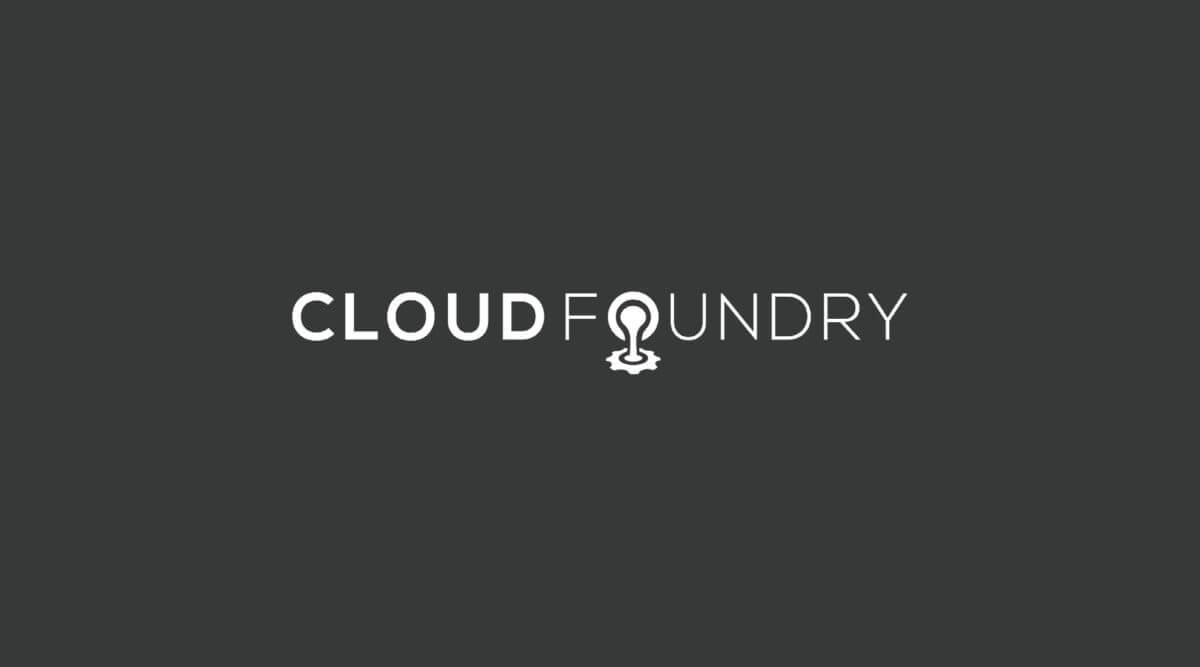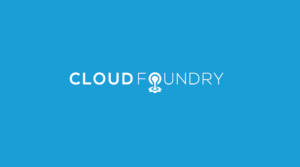Are you ready to take the stage and share your knowledge with a wider audience? Becoming a speaker at a conference can be a transformative experience, not just for you but for the attendees who will benefit from your insights. Whether you’re a seasoned professional or a first-time speaker, crafting a compelling proposal is the first step toward making your voice heard.
As co-chair of the Cloud Foundry Summit and the Grace Hopper Women in Computing Open Source track, I’ve read a lot of talk proposals and had to make a lot of decisions. I’ve also helped many Cloud Foundry community members—as well as a few open source community members—prepare their proposals for other conferences.
In this article, we will explore three essential tips that will help you stand out and get your proposal accepted.
3 Tips to Help You Become a Speaker at a Conference
1. Write an awesome bio
In many ways, the speaker is actually more important than the talk. While you can work on becoming a better speaker (one way is to give talks!), your job during the proposal process is to write the best bio you can.
If you are a first time speaker, don’t worry — committees and event organizers welcome new speakers! This is the place to tell them how you got your story. It’s the place to tell the committee what have you been working on and what you’ve learned that you can teach others.
Don’t think of this bio as your CV. You don’t need to list your alma mater, your degrees, and every job you’ve ever had. Instead, focus on any background relevant to this particular talk. This might include things like:
Relevant work experience
- What projects you work on
- What work you do
- Who your employer is
Public speaking experience
- How often you speak
- At what types of events you usually speak
- What other talks you have given
- Links to videos of you speaking is a huge bonus! (If you don’t have one, you can create one to show your passion and knowledge of the topic.)
Use this chance to tell the content committee who you are, what you’ve learned, and what you can teach the audience.
2. Have a clear title
Your proposal’s title should explain, in 10 words or less, what you are going to talk about. It should be as clear and concise as you can make it. Don’t forget to include the main topic of your talk.
For example, if you are talking about Project Bear, make sure you say that in the title, even if you are talking about adding performance widgets to Project Bear. Your title has two audiences: the content committee and the future attendees. The audience at the future event will likely decide to come to your talk almost entirely based on the title. (However, if they know you are a great speaker, then they might come just to see you speak. That’s the only exception I can think of!)
The content committee will also be considering the future audience when they review your title. There are lots of posts out there about writing good blog post titles. I think they are useful reading, but I’d advise you not to get too cute with your title at the expense of it explaining what it is you are speaking about.
3. Include a compelling abstract
Your abstract should be a short paragraph that explains what the audience will learn during your talk. Don’t just focus on what technologies you are going to cover (although you should list those) but on why the audience might want to learn them. What problems will they be able to solve? What will they be able to create? What will they be able to do faster or more easily? You can also use your abstract to reiterate your expertise on this topic (remember: not all abstract reviewers will look at your bio) and to let your passion for the topic show.
The main audience for your abstract is the content review committee. They will definitely read the abstract and if they don’t know you, their decision will be based on what they can learn from your abstract.
Some additional suggestions
Avoid product pitches
Product pitches are not typically well-received by audiences, and most conferences avoid them. Your audience would rather hear from a user who can explain the pros and cons, and show the whole story. If they are hearing from the creator, they want to hear why they created the product, what problems it solves and what it can do for them, not a sales pitch.
Show commitment
Spend quality time writing your abstract. If you write your abstract in the 30 minutes before the midnight deadline, the reviewers will know and will assume you’ll put equal effort into preparing for your talk.
Get feedback
Ask a few friends, especially experienced speakers or people who have run conferences or meet-ups, to review your proposal and provide objective feedback.
Research past talks
Look at talks from the previous year. This will give you a good indication of what types of talks the content committee is looking for. It will also give you a lot of good examples of titles and abstracts!
List your panelists
A panel is only as good as its panelists. If you are submitting a panel proposal, list your panelists in your proposal and be sure to have them lined up. The committee is unlikely to accept an abstract idea for a panel without a list of panelists.
Focus on the concise version
If you have to fill out a short abstract and an extended abstract, do them both—but really focus on perfecting the short one. If the short one is not strong, the longer one will likely go unread.
Save outside of the web form!
If you are filling out a web form, take a look at the fields and then draft your proposal in a document. Copy and paste it into the form when you are ready to submit. This way you’ll be able to spend more time on your proposal, you’ll have a copy of your abstract to use for another conference proposal and you don’t risk losing everything you’ve worked on in case the submit button backfires!
Now you can use these tips to submit your talk proposal to the Cloud Foundry Summit – Europe!
Good luck! I hope to see you speaking at a conference in the near future!
Here are some additional resources on writing conference proposals:





